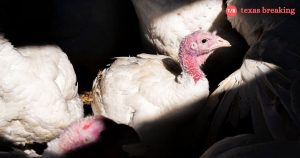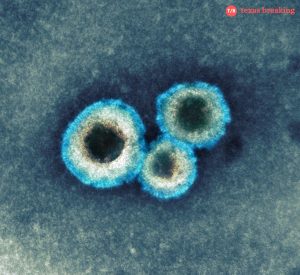In a concerning development, December 2023 brought the sad news of the first human death connected to the H5N1 bird flu in the United States. This unfortunate case involved a patient from Louisiana who was over 65 years old and had existing health conditions. This incident not only raises questions about the bird flu but also sparks concern for public health as it highlights the dangers associated with avian influenza.
A Local Tragedy
The Louisiana resident fell ill after having contact with both backyard poultry and wild birds in the area. Despite the patient being hospitalized and receiving care, they eventually passed away due to complications related to the virus. According to health officials, this case is particularly alarming as it marks the first recorded human death from H5N1 in the U.S.
What is H5N1 Bird Flu?
The H5N1 strain of bird flu is a virus that mainly affects birds, but it can also infect humans, especially those who come into close contact with infected birds. Most of the time, people who get infected suffer mild symptoms like coughs or pink eye. However, the illness can become severe, particularly for individuals with pre-existing health conditions, just like the Louisiana patient.
Human Cases on the Rise
According to the Centers for Disease Control and Prevention (CDC), there have been at least 67 confirmed human cases of bird flu in the U.S. over the past ten months. Most patients reported mild symptoms, but this latest death brings forth a serious concern. Health officials state that this virus is primarily transmitted through direct contact with infected animals.
- The patient in Louisiana had contact with infected poultry and wild birds.
- Most human cases in the U.S. have emerged in individuals working with infected animals.
- Health experts have noted that no human-to-human transmission has been reported, so the general public risk remains low.
Government Response and Public Health Guidelines
In response to the increase in bird flu cases, the Biden administration allocated funds for research and monitoring of the virus, amounting to $306 million. Although the immediate public health risk is considered low, the CDC has advised people to avoid contact with sick animals and to ensure they do not consume unpasteurized milk. Increased surveillance and testing of the milk supply are underway, particularly in states known for potential H5N1 exposure.
Understanding Risks and Precautions
It is essential for people, particularly those living in rural areas or those with farms, to be aware of the risks associated with bird flu. Regularly checking the health of their animals and reporting any unusual sickness is crucial in preventing the spread of this dangerous virus. Observing good hygiene, especially when handling birds or entering environments where they are kept, is key to maintaining health and safety.
What Can the Community Do?
Community awareness is crucial when addressing concerns surrounding H5N1. Local health departments encourage residents to keep updated on the situation by attending workshops and reading information materials provided by health agencies. Understanding the symptoms and preventive measures can be vital for protecting not only personal health but also the health of the community.
Conclusion: Vigilance is Key
The tragic passing of the Louisiana resident serves as a grim reminder of the potential dangers posed by bird flu viruses. As health officials continue to stress the importance of recognizing the risks, it becomes clear that awareness and education are critical in preventing future cases. By following health guidelines and staying informed, communities can better protect themselves from potential outbreaks of H5N1 and other infectious diseases.





